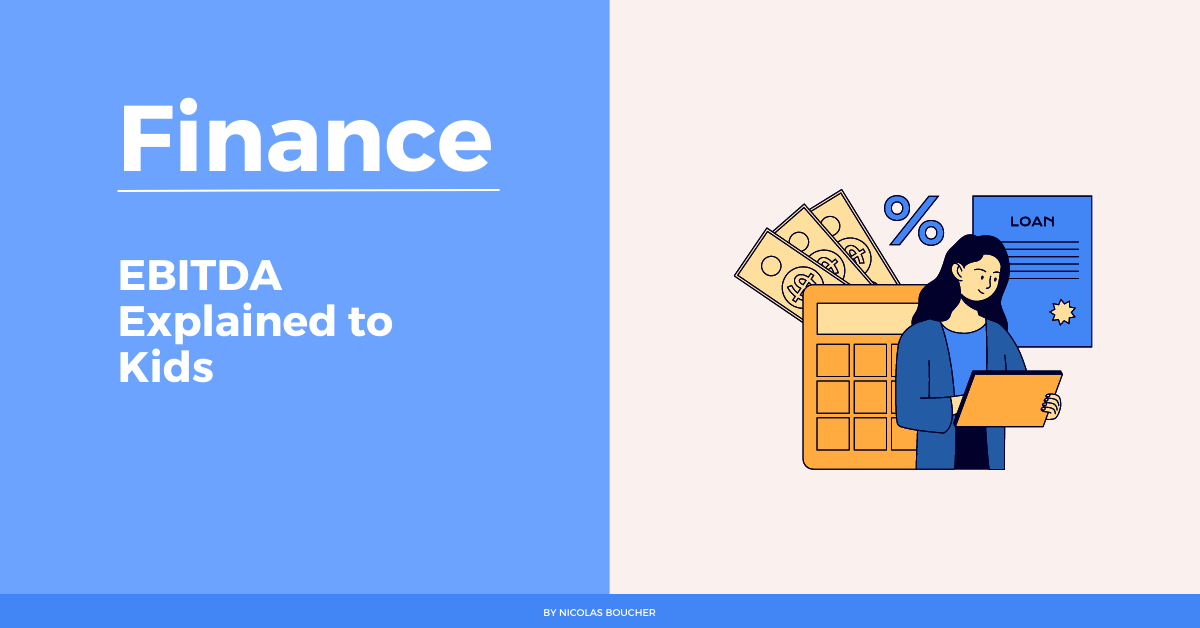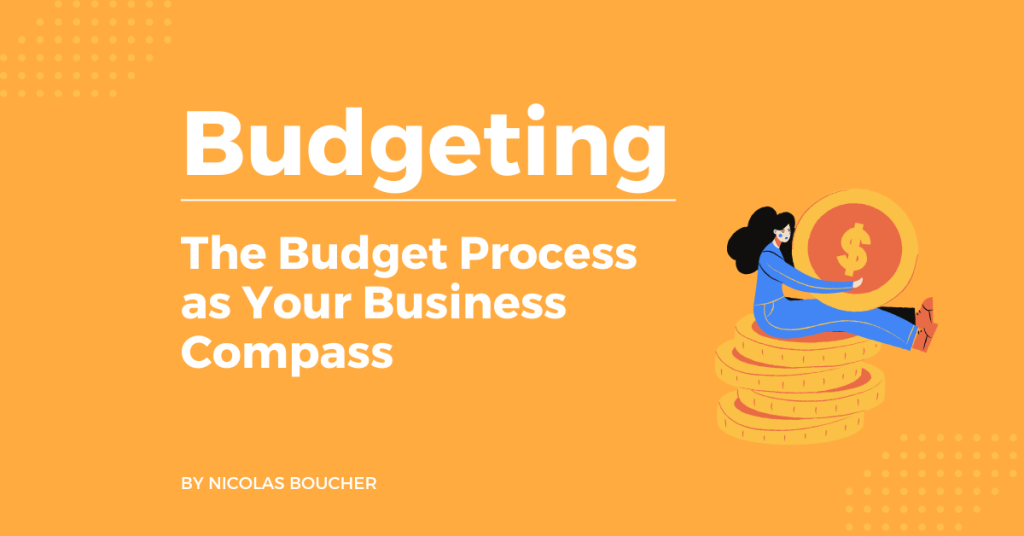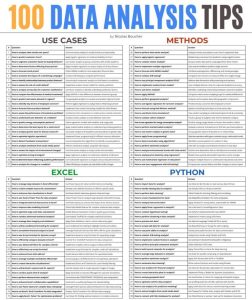How do you define EBITDA?
As a finance professional with over 14 years of experience, I know that EBITDA is a complex financial metric that many adults struggle to understand.
However, I also believe that with a little explanation, even kids can grasp the basics of EBITDA.
In this blog post, I will explain what EBITDA is, why it’s important for businesses, how to calculate it and provide an example of EBITDA in action.
Table of Contents
What Is EBITDA?
EBITDA is an acronym that stands for Earnings Before Interest, Taxes, Depreciation, and Amortization.
It’s a financial metric that shows how much money a company makes before taking into account certain expenses.
These expenses can vary from company to company, but they generally include interest, taxes, depreciation, and amortization.
It is a useful metric because it gives investors and lenders an idea of how profitable a company is without the impact of certain expenses.
Why Is EBITDA Important for Businesses?
EBITDA is important for businesses because it gives them an idea of how much money they’re generating from their operations.
This is useful for investors and lenders who want to know how profitable a company is.
EBITDA is like a scorecard that shows how much money a company is making before taking into account certain expenses.
This allows investors and lenders to compare the profitability of different companies in the same industry, regardless of their capital structure.
How Do You Calculate It?
To calculate EBITDA, you need to start with a company’s revenue and subtract its cost of goods sold.
The cost of goods sold includes the direct expenses associated with producing and selling a product, such as the cost of materials and labor.
Then, you subtract its operating expenses, such as salaries, rent, and other general and administrative expenses.
This gives you the company’s EBITDA. It’s important to note that EBITDA does not include certain expenses, such as interest, taxes, depreciation, and amortization.
Example:
Let’s say you and your friends sell lemonade from a stand. You make $20 selling lemonade, but you spent $5 on lemons, sugar, and cups.
You also spent $5 on flyers to advertise your lemonade stand.
To calculate your EBITDA, you would start with the $20 you made selling lemonade, and subtract the $5 you spent on lemons, sugar, and cups.
This leaves you with $15.
Then, you would subtract the $5 you spent on advertising. This leaves you with an EBITDA of $10.
EBITDA vs Net Income
It’s important to note that EBITDA does not take into account certain expenses that impact a company’s net income.
For example, imagine that on top of your expenses for your lemonade stand, you have to pay taxes to be allowed to sell on the street.
Imagine as well that you need to put money aside to invest in a new machine or a new stand because your machine is getting old.
This is called depreciation.
In EBITDA, you don’t take into consideration these expenses. But the net income is what remains as profit after all these expenses are taken into account.
The Final Verdict
In conclusion, EBITDA is a complex financial metric that shows how much money a company makes before taking into account certain expenses.
It’s important for businesses because it gives investors and lenders an idea of how profitable a company is without the impact of certain expenses.
By understanding the basics of EBITDA, even kids can grasp the importance of this financial metric.
Are you tired of scrolling and reading hundreds of finance books and articles without any results? If that’s true, then my course is the only thing you’ll ever need. Start learning today and get the promotion you wanted!















